
KINDRA Final Conference, Brussels
Over the past 3 years the La Palma Research has been part of…
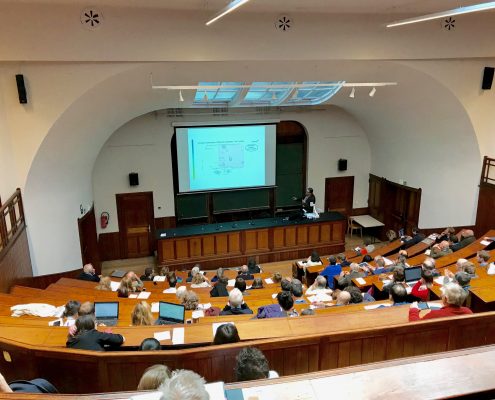
Symposium on Social License to Operate, Leuven
On the 21st of February, a symposium took place in Leuven, and…
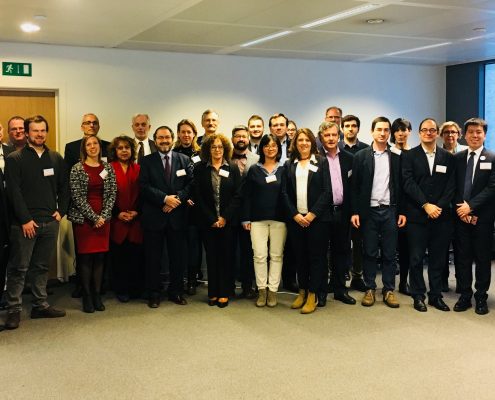
INTERMIN Kick off Meeting
Between the 13th and 15th of February, the INTERMIN (International…
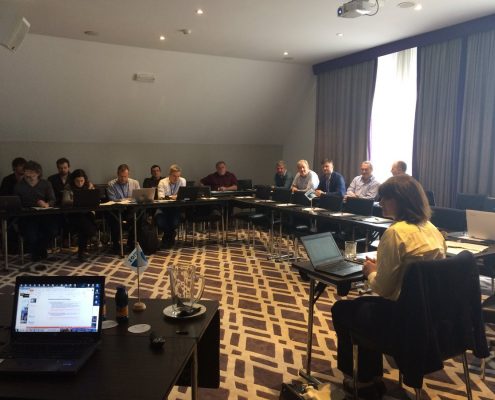
¡VAMOS! Partner Forum, Bled
The ¡VAMOS! partner forum took place on the 31st of January…
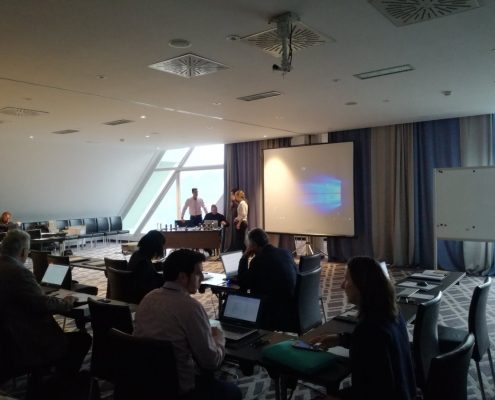
UNEXMIN Project Partners meeting, Bled
The first UNEXMIN consortium meeting of 2018 took place during…
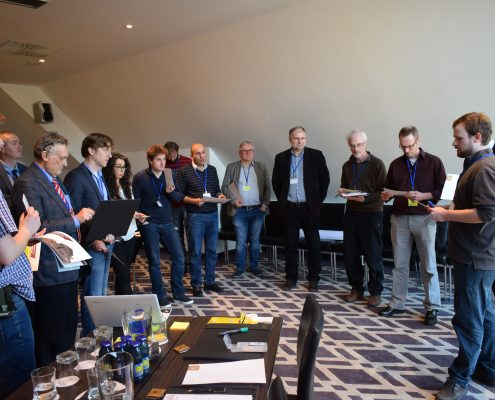
¡VAMOS! & UNEXMIN joint conference, Bled
On the January 30, the Hotel Kompas in Bled, Slovenia, hosted…
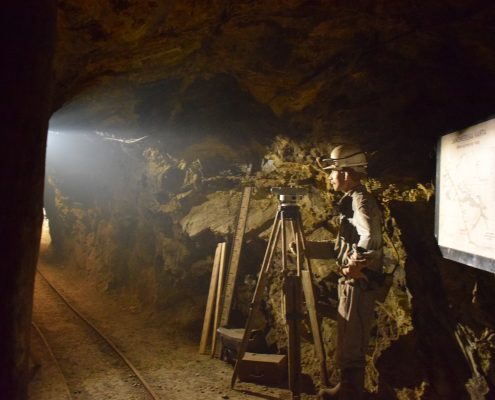
Field trip to Idrija Mercury Mine – UNESCO WHS
LPRC team participated at the fieldtrip, previous to UNEXMIN…
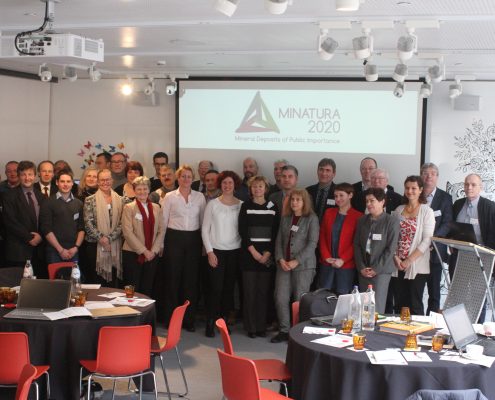
Minatura2020 Final Consortium Meeting, Brussels
The last MINATURA2020 consortium meeting took place in Brussels…
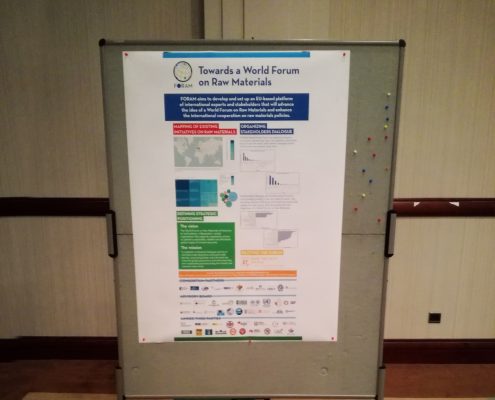
FORAM at the MIN-GUIDE annual conference 2017, Brussels
The MIN-GUIDE annual conference 2017 was held in Brussels, 13th…
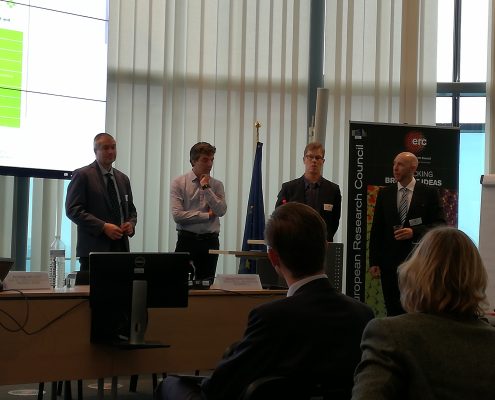
UNEXMIN and ¡VAMOS! at the “H2020 cluster event for ongoing mining projects”, Brussels
Both the UNEXMIN and ¡VAMOS! projects were presented at…
